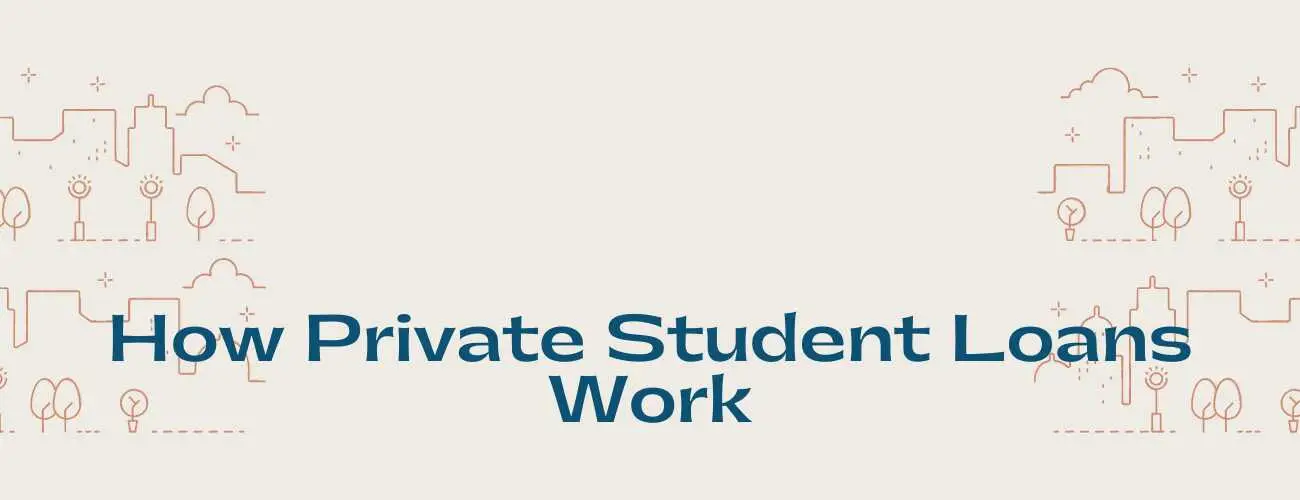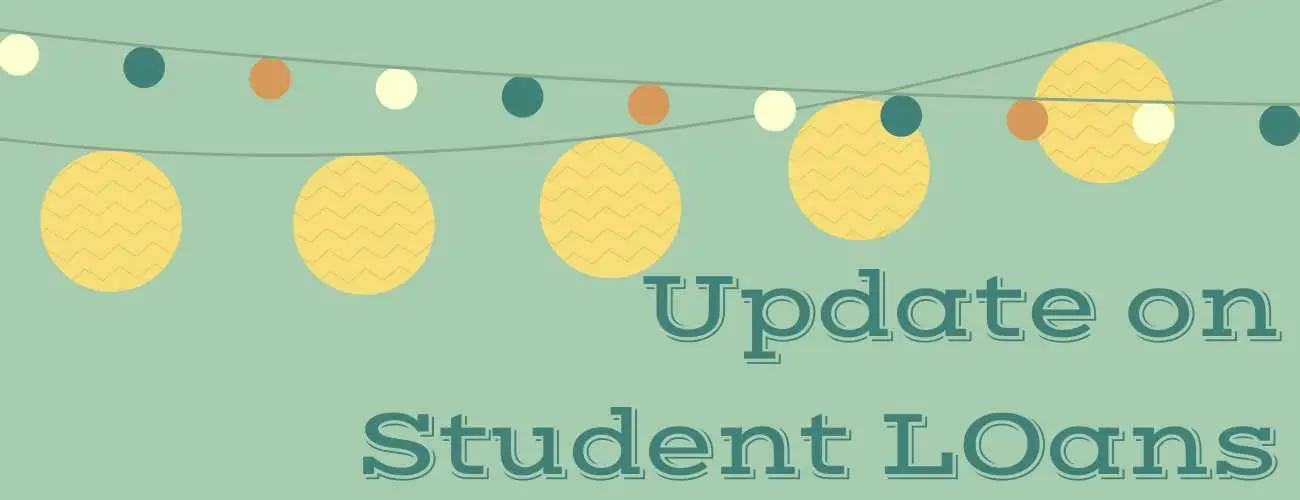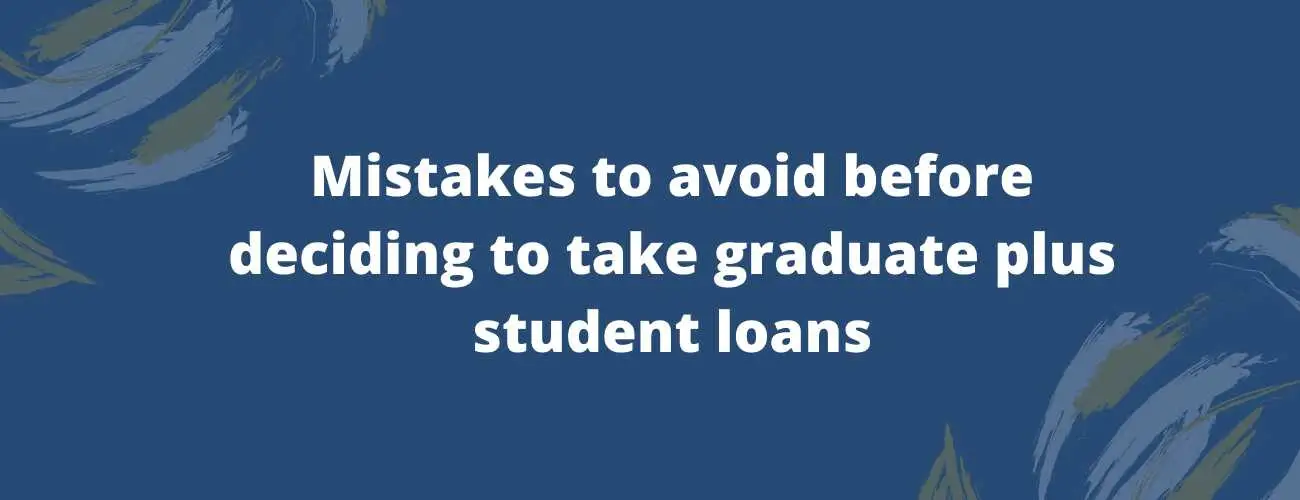How To Find Your Student Loan Balance
This article describes on how you can find your student loan balances, the various methods to find track your federal and private loan balances.
Updated by Rakshitha N on 20th February 2020
Graduated students realize that it is confusing to track their student loan balances with multiple federal and private loans they borrowed each semester or every academic year. All those debts add up so fast that students find it difficult to keep a track of their loan balances. It might be stressful to determine the loan payments to be made which results in late payment. One way to minimize the confusing students must keep a track of their loan balances. Go through this article to know more about how you can keep track of student debts.
Table of content
- How to find your student loan balance?
- Check your Federal loan balance
- Check your Private loan balance
- How to ease the repayment process?
- How to track balance while you're still in school?
- Conclusion
How to find your student loan balance?
As you graduate,the first step is find out your student loan balance. The outstanding Federal loans and total amount of private student loans you borrowed are quickly added up with the student loan disbursements of $2,000-$3,000.
While borrowing the student loans you would have agreed to certain terms such as paying back the interest, these interest can grow overtime. Sometimes your lenders change, hence you must determine who your student loan servicer is and to whom you repay your debts. Knowing your balance will help you to consolidate or apply for an income-driven repayment plan.
To ease the tracking process, you can note some information such as,
-
Name of the lender
-
Type of loan (Federal and Private)
-
Outstanding loan balance
-
Payments to be made monthly
-
Rate of Interest
Check your federal student loan balance
Federal student loans are a great option as they come with a variety of benefits. If you borrowed a federal student loan and want to keep a track on how much you owe, your information can be accessed through a couple of ways,
My Federal student Aid Account - You can sign up to FSA ID through a valid email-id and username which guides you about the resources to pay for college, loan repayment options ,outstanding federal loans which include the subsidized and unsubsidized loans.
Steps for a Financial Aid process includes,
-
Plan- Plan your career path,know about your course and financial aids of that college and state explore the options available for your tuition.
-
Fill the FAFSA form- This form it to apply for a Federal loan aid. Your college uses FAFSA to determine your federal aid eligibility.
-
Review- You should review your aid offer to determine about the loan with its terms. You can also compare offers if you get selected for multiple colleges.
-
Get your Aid- Your financial office owes you the amount you applied and the remaining amount is to cover you other college expenses. You are required to maintain satisfactory academic progress.
National Student Loan Data System(NSLDS)-Its is a database used by the U.S. Department of Education to track all the federal loans. You can Sign into NSLDS to keep track of your loans
You can use the same username and password given to FSA ID, when you enroll in a college the information of the federal loan you borrowed is stored and you can access it easily.
Steps you need to follow to track you loan balances:
-
Create an account with the With a valid username and email.
-
Explore the list of loans you borrowed, which gives you information on the amount borrowed, interest rates, your loan servicer, current balance,etc.
-
To make easy payment online, visit your loan servicer and register yourself on their website.
Some Cons of NSLDS are,
-
No Private loan balance update available
-
Medical and Nursing loans are not listed
-
Not always up to date,
-
Can not track the loan borrowed several years ago.
Know your Federal loan servicer- The loan servicer is a middle man between the lender and the borrower who manages the loan and the payments made. If you have a loan which is not listed in the NSLDS, you must find your federal loan service.
-
CornerStone
-
FedLoan Servicing (PHEAA)
-
Granite State – GSMR
-
Great Lakes Educational Loan Services, Inc.
-
HESC/Edfinancial
-
MOHELA
-
OSLA Servicing
Check your private student loan balance
Once you have exhausted yourself of your federal student loan options it is advised to explore your private student loan options. Tracking information about private student loans is a bit more tricky than the federal loans as private lenders sell the loans to other companies. Hence, being updating about your private loan is important. Some ways to check your private loan balances are listed below,
Credit Report- Credit reports help you keep a track of your financial information safely. It gives you detailed information about the current balance, payment history, date of loan borrowed, etc.
You can get a free copy of your credit report from these credit reporting agencies each year such as,
-
Equifax
-
Experian
-
TransUnion
Contact your School's Financial Aid office- You can also contact your college financial aid office to obtain information about your private student loan balance.
Know your Private loan servicer- Finding your loan servicer could be hard, hence first obtain a credit report. You can also find your loan servicer by Looking at the recent loan statement. Some Private student loan servicer you can contact are,
-
Nelnet
-
Sallie Mae
-
Navient
Refinancing and consolidation to ease your repayment process?
If you're still finding it hard to keep a track on your student loans, you can opt for Refinancing and Consolidation of our loan.
Consolidating your student loan: It is a type of reimbursement alternative you can get from the Department of Education to replace the existing federal loan into one big loan. This enables the borrower to repay a loan with an interest rate i.e the weighted average of all the old interest i.e. ,rounding up the existing rate of interest to the nearest one-eighth of a percent. However it doesn't affect the amount you borrowed . This enables you to keep an easy track of your loan balance while boosting your credit score.
Worried about your college tuition? Find the best student loans suited for you
Refinancing your student loan: Refinancing your student loans enables you to get a good deal on the interest rates, You can even refinance your private and federal loans into one loan. You can refinance at a lower rate which can save you substantial interest cost but you should know that refinancing your federal loans can alter the borrower protection which includes the flexible repayment ,deferment and forbearance options and loan forgiveness options.
The advantage is that you can manage your loan by having just one lender with a simplified repayment process.
What if you are still in school?
The question may arise as to how you can track your loans while you are still studying, read this to know more about how to can deal with loans while still studying,
Current School Year- As a student, you can borrow a loan every semester or every calendar year to aid your tuition. You can take help from the Student Financial Aid office at your school by contacting it.Its gives you a detailed information of your Loan status, Interest sum, Timing and amount of loan disbursed and how you can cancel your loan with 120 days of disbursement.
Past School Years- If you are a graduate student who wants to know about your loan balance, you can contact your loan servicer to get information of your loan status.
Conclusion
This article sums up the different ways a student can track your Federal or Private loan balances easily without taking much stress. You can sign in to NSLDS or My Federal Student Aid account (federal loans gov) to track information about your debt. You can also get a Credit report to track your finance. But you must explore the pros and cons before you refinance or consolidate your loans.
Students must be aware about their debts and monthly payments to become debt free.



93.jpg)


28.jpg)
